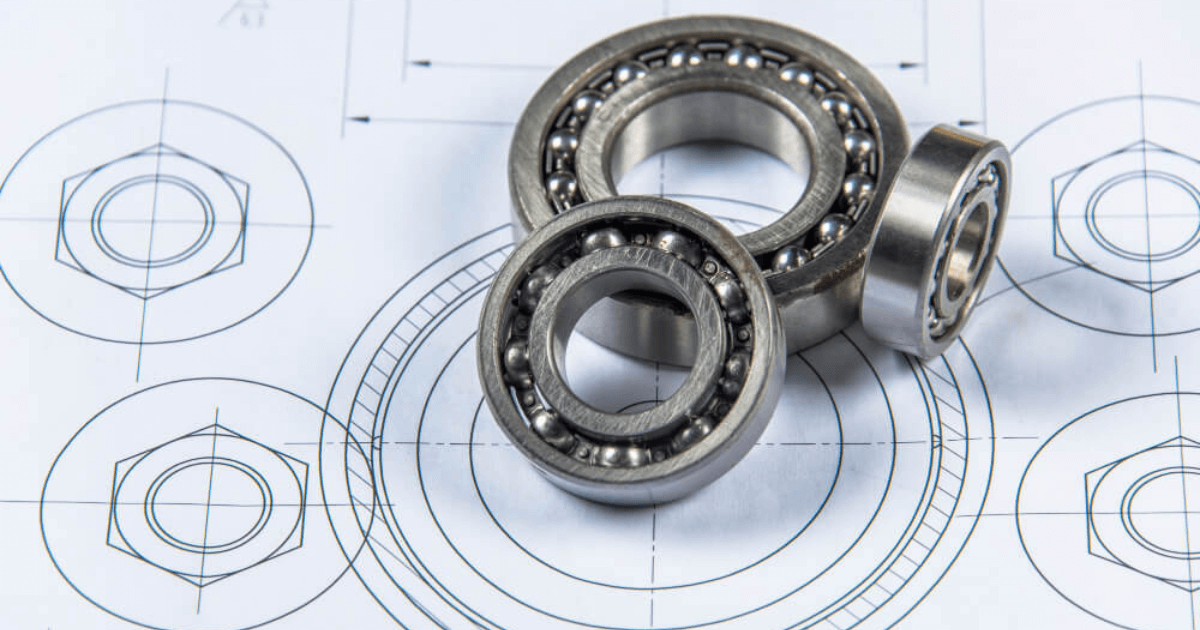In high-precision industries, nothing damages productivity faster than unstable machine performance. Sudden vibration, positioning errors, and frequent maintenance shutdowns often trace back to one overlooked component: the bearing system.
When your equipment operates under combined loads and strict accuracy requirements, ordinary bearings simply aren’t enough. That’s where a properly designed cross roller bearing becomes essential for restoring stability, improving precision, and reducing operational losses.
The Cost of Machine Inaccuracy in Modern Manufacturing
Many manufacturers underestimate how costly minor machine inaccuracies can be. Over time, even small deviations in motion control can lead to:
-
Increased product rejection rates
-
Lower positioning repeatability
-
Reduced machining accuracy
-
Unexpected equipment wear
-
More frequent production disruptions
In industries such as robotics, CNC systems, semiconductor processing, and medical device manufacturing, precision is everything. A small loss in stability can result in defective components, customer dissatisfaction, and rising production costs.
A high-quality cross roller bearing helps eliminate these issues by delivering smooth, rigid, and reliable rotational performance even under complex loads.
What Makes Cross Roller Bearings Different from Traditional Bearings
Unlike conventional ball or cylindrical bearings, a cross roller bearing uses rollers arranged perpendicular to each other between inner and outer rings. This structure allows it to handle axial, radial, and moment loads simultaneously — something standard bearings struggle to achieve.
Key advantages include:
-
High rigidity with compact design
-
Minimal elastic deformation under load
-
Superior rotational accuracy
-
Reduced friction and vibration
-
Excellent positioning repeatability
This makes them ideal for applications requiring high-speed rotation and precise alignment, such as robot joints, rotary tables, and high-end inspection equipment.
How the Wrong Bearing Selection Damages Performance
Many businesses unknowingly install standard bearings in applications that demand far greater stability and load-handling capacity. This mistake leads to:
1. Uneven Load Distribution
When loads aren’t evenly supported, stress accumulates in specific areas of the bearing, accelerating wear and shortening service life.
2. Thermal Expansion Issues
Incorrect bearings generate excess heat during high-speed operations, causing thermal distortion that impacts positioning accuracy.
3. Increased Maintenance Frequency
Low rigidity bearings fail faster, forcing maintenance teams into constant repair cycles and increasing downtime.
By switching to a specialized cross roller bearing, manufacturers can solve these problems at the core mechanical level rather than constantly treating symptoms.
Improving Machine Stability and Precision
Cross roller bearings are designed for advanced industrial systems that demand extreme accuracy. Their performance benefits include:
-
Stable motion control in robotic arms and automation systems
-
High accuracy in CNC rotary tables and indexing platforms
-
Smooth rotation in medical imaging equipment
-
Precise navigation in semiconductor and optical machines
Their rigid structure ensures no backlash or positioning lag during repeated movements, which is essential for high-cycle and high-speed environments.
Reducing Downtime and Operating Costs
Although some companies hesitate to upgrade due to initial cost considerations, a cross roller bearing significantly reduces long-term operational expenses. By offering prolonged service life and consistent performance, these bearings help reduce:
-
Unplanned maintenance downtime
-
Replacement frequency
-
Energy losses from excessive friction
-
Damage to adjacent machine components
This results in lower total cost of ownership and improved production reliability.
Supporting the Future of Smart Manufacturing
As industries move towards automation and smart factories, the demand for ultra-precise mechanical components continues to grow. Cross roller bearings play a vital role in enabling high-performance robotics, automated inspection systems, and precision manufacturing solutions.
Their compact structure also supports space-saving designs, allowing engineers to develop smaller, more efficient machines without compromising on rigidity or stability.
Final Thoughts
If your machines are suffering from vibration, misalignment, or accuracy losses, the solution may not be your software or control system — it may be your bearing structure.
Investing in the right cross roller bearing ensures your machinery operates with reliability, precision, and stability, helping you reduce costly errors and maintain consistent production output.



